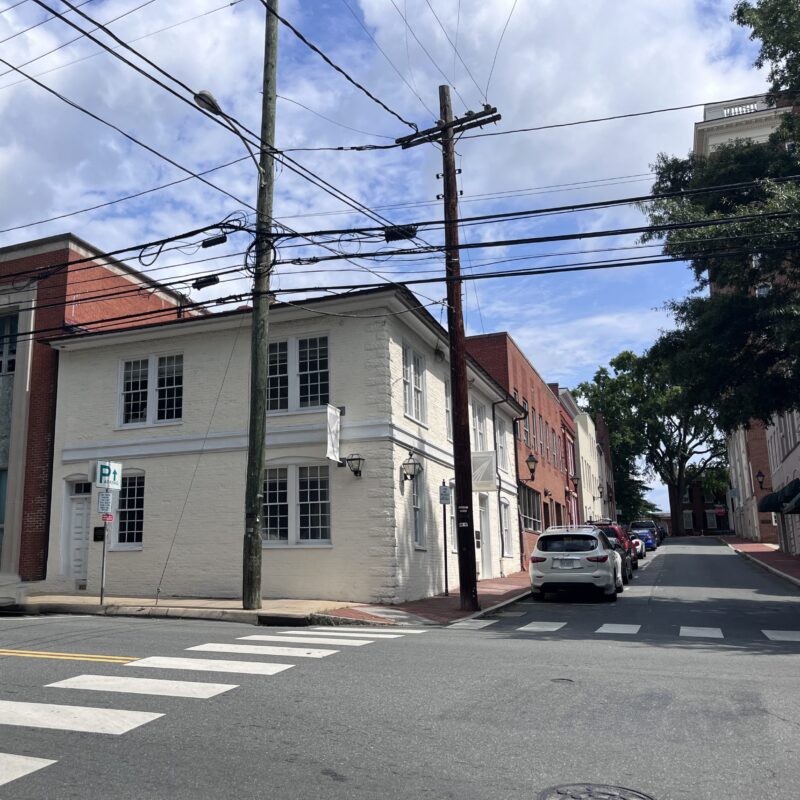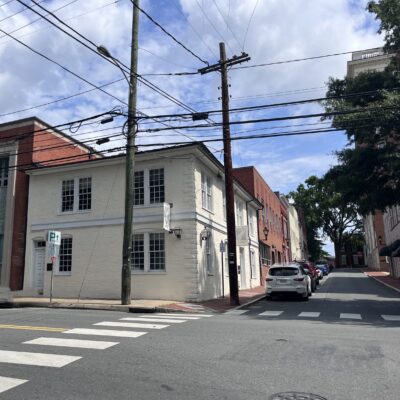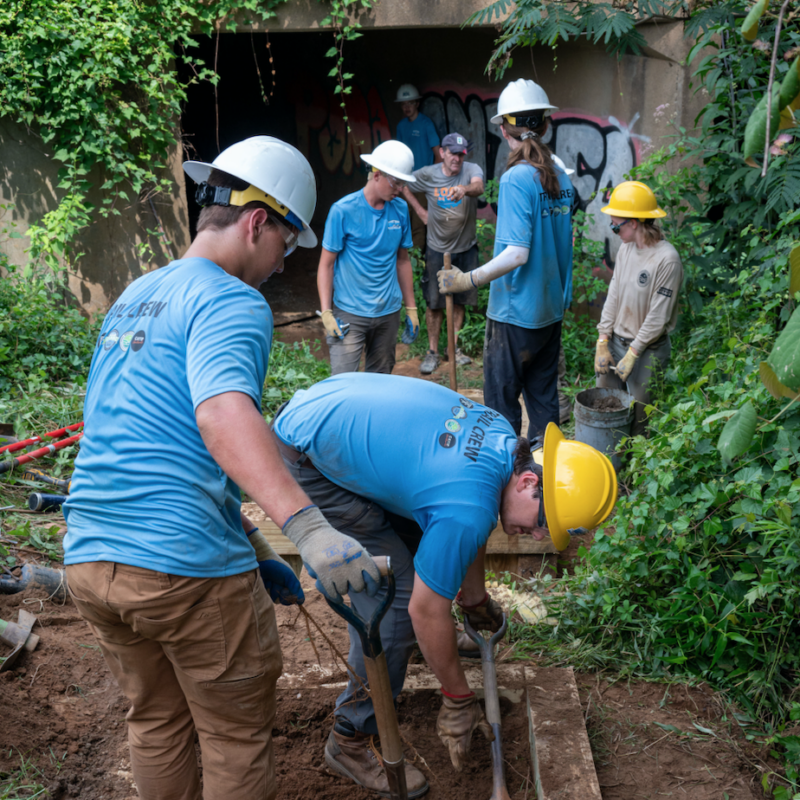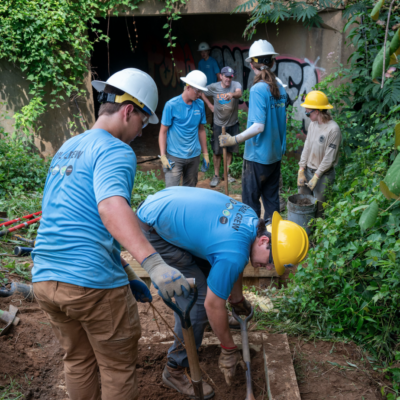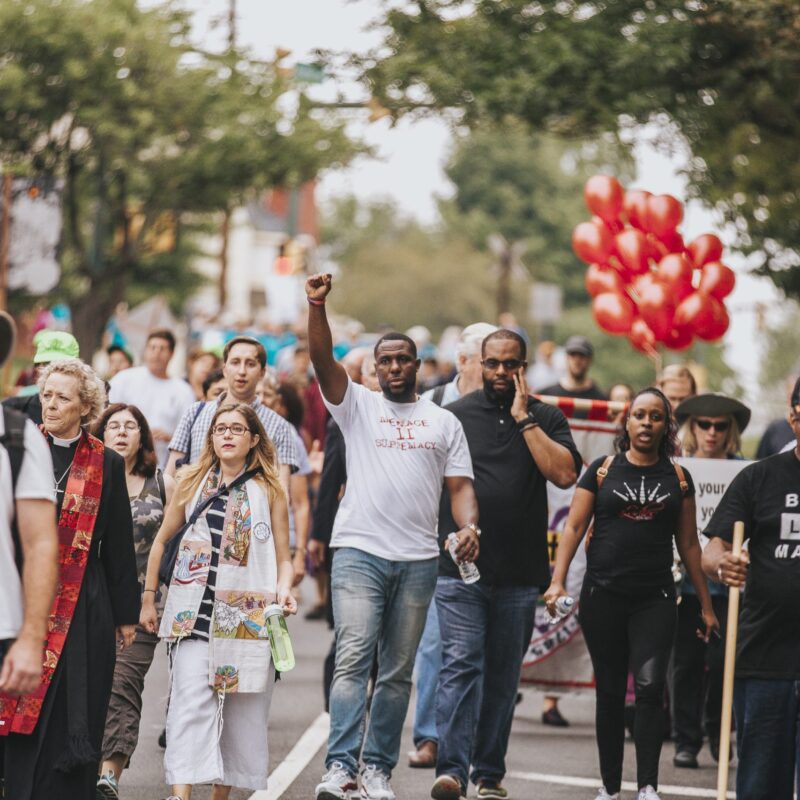The American Festivals Project at The Bridge Progressive Arts Initiative documents the 40,000-mile journey of artist-explorers Ross McDermott and Andrew Owen, who investigated 37 “subculture gatherings” in 2008 and 2009. It may not be the most original idea for an exhibition—I have an aunt and uncle who travel to see things like the world’s largest ball of twine—but McDermott and Owen have produced some amazing photographs and an extraordinary show of the everyman’s struggle to avoid the ordinary and achieve the heroic.
|

Photographers Ross McDermott and Andrew Owen traveled 40,000 miles documenting the oddest American festivals they could find. Above, "World Lumberjack Championships in Hayward, Wisconsin."
|
What might wind up overly ironic or condescending in the hands of lesser artists is presented here with reverence and delight. In “Okie Noodling Festival,” Owens carefully frames the leg of a swimmer and the image of the catfish caught by hand (or, noodled) across from each other so that the viewer is able to compare the athletic power and prowess of both human and fish. The noodler’s foot and calf are as muscular and active as an Olympian’s, and the catfish is no slouch either. It’s the ancient contest between man and animal, celebrated once a year in Oklahoma.
I wasn’t notified when the U.S. Pole Dancing Federation East Coast Regionals were held at the Paramount Theater last year, although it turns out that my husband was. Owen and McDermott were there, and the image of Jenyne Butterfly, a Miss Pole Dance World Finals silver medalist, shows her inverted in stag formation, gripping the pole with just one leg as she hangs in perfect formation upside down. The dreary warm-up room with its glowing fluorescent lights is littered with bright, 1980s pop colors: a Mountain Dew bottle, shoes, costumes, warm-up clothes, make-up bags. The contrast between Ms. Butterfly’s messy surroundings and her ultimately elegant, flight-like posture underscores the effort she must put into her work—as well as the respectful presence of the photographer.
The portraits show people’s desire to step away from what McDermott and Owen describe as the sameness of the current American landscape. Both are careful to honor that bravery, even when the images can’t help but be disturbing, like the little girls with big bellies and even bigger make-up in “Xtreme Dance and Cheer Regional Championships.” I was particularly taken with an image from the World Lumberjack Championships in Hayward, Wisconsin, showing four woodchoppers suspended in the air like something out of a fairy tale: giants chopping away at enormous vertical logs, soaring over trees and surrounded by clear blue sky.
Though the large photographs are powerful, the smaller, more snapshot-esque images that line the smaller gallery at The Bridge help flesh out the stories of the festivals. And a large map of the United States in the middle of the main gallery, covered with small photographs from the journey (Carhenge in Amarillo, Texas; the world’s largest corn maze in Springfield, Illinois), underscores both the enormity of this undertaking and the sense of adventure and fun that made it possible.

